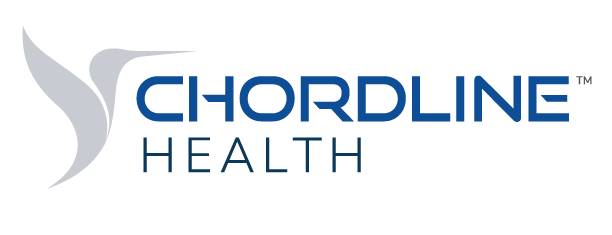Mental Health Awareness Week: Focusing on our Veterans
By Deborah Keller
During Mental Health Awareness Week, let’s remember our Veterans who suffer from Post-Traumatic Stress Disorder.
During the American Civil War, it was called “Soldier’s Heart,” and was generally associated with cowardice. In WWI soldiers were said to be “shell shocked” and in WWII they identified as having “battle fatigue.” The famous scene in the movie Patton where the general slaps the solider in the field hospital aptly illustrates how it was perceived through most of history.
In fact, it wasn’t until 1980, five years after the end of the Vietnam war, that post-traumatic stress disorder (PTSD) was finally officially recognized as a mental disorder. While it can affect people in many areas of their lives – there are some who believe that many healthcare workers will suffer a form of PTSD long after the COVID-19 pandemic fades into history – it is most commonly associated with combat veterans. And for good reason.
According to some estimates, in the 21st century as many as 500,000 troops have been diagnosed with PTSD. These are primarily veterans who served during in Afghanistan and Iraq. Put another way, in a given year it affects:
Roughly 11%-20% of veterans who served in Operation Iraqi Freedom or Operation Enduring Freedom (Afghanistan)
Approximately 12% of Gulf War veterans
Additionally, at the time of the most recent study in the late 1980s, roughly 15% of Vietnam veterans were currently diagnosed with PTSD, and approximately 30% have had it at some point in their lives.
It’s easy to see that for a significant percentage of veterans the war doesn’t end simply because the shooting stops. The effects can range anywhere from mild to, at times, debilitating. According to the Mayo Clinic, “Symptoms may include flashbacks, nightmares and severe anxiety, as well as uncontrollable thoughts about the event.”
Many veterans are reluctant to seek treatment for their PTSD. For those currently serving there is often a fear that it will make them appear weak to their fellow soldiers/sailors/marines, or that it will stall their careers.
They also believe there is a stigma attached to it. The military teaches its members to be strong, to “tough it out” in adverse conditions and focus on the mission, not themselves.
This can lead to a belief that admitting they have mental trauma, and seeking help for it, will make them appear “less than” the ideals they hold for themselves. No one trained in this way wants to be perceived as failing on any front.
But PTSD is not weakness, and it is not a failing of character. It is a normal, natural reaction to the horrors of war or other traumas, a way for the brain to attempt to process sights and sounds that for most of us are unthinkable.
The tragedy is that when left untreated it can lead to problems relating to family and friends, the ability to hold a job, or in severe cases to function successfully in life. In the extreme, it can lead to suicide.
According to a 2019 report by the Veterans Administration, nearly 79,000 veterans took their own lives between 2005 and 2017. While not all veteran suicides can be attributed to PTSD, it is without question a major contributing factor. With the year-over-year numbers continuing to increase, it is clear that more needs to be done to address PTSD in veterans.
The first step is removing the stigma. Veterans with PTSD are often portrayed for laughs in popular culture, or as poor souls in need of pity. Neither of these form an accurate picture.
Veterans with PTSD are our fathers, mothers, brothers, sisters, cousins, neighbor, friends. We may not even realize they suffer with it until it is too late. By removing the stigma and telling them it’s okay, we encourage them to seek help.
The second step is increasing awareness of the pervasiveness of the issue. Providers must train their staffs to recognize the symptoms, either visibly or through verbal cues and attempt to create a dialog to draw out any issues.
The third step is making care management for PTSD easy to obtain. This requires not just having staff available and trained but also ensuring that health insurance will cover it. If help cannot be obtained on a timely basis through the VA it must be available through other means.
Telehealth can be a game-changer with availability, especially where distance is an issue. It can also help with removing the stigma since the veteran doesn’t have to be seen entering the office of a mental or behavioral health specialist.
Everything can happen behind closed doors, and in an environment the veteran finds more comforting. Now that health plans are beginning to expand their payments for telehealth, whether it is voice-only or video and voice, this option becomes a more real possibility.
The key thing to remember is that PTSD is a psychological trauma that often manifests itself in physical ways. There is no pill a veteran can take or surgery he/she can undergo to solve the underlying issues. It takes time and it takes people. Sometimes just having someone to talk to who knows the veteran and understands their issues can make the difference between their personal demons being unleashed and being able to keep them under control.
This is an issue we must address, because for some veterans the war continues. Veterans with PTSD have given so much of themselves to help us lead our relatively trouble-free lives.
It’s time to help them reclaim the pieces of themselves they left on the battlefield so they can better enjoy the freedoms they have given to the rest of us.
